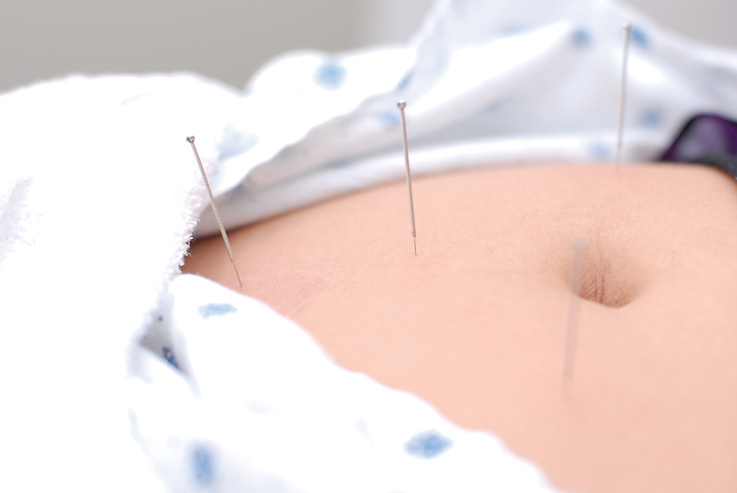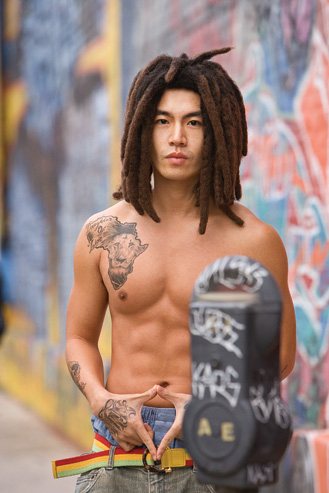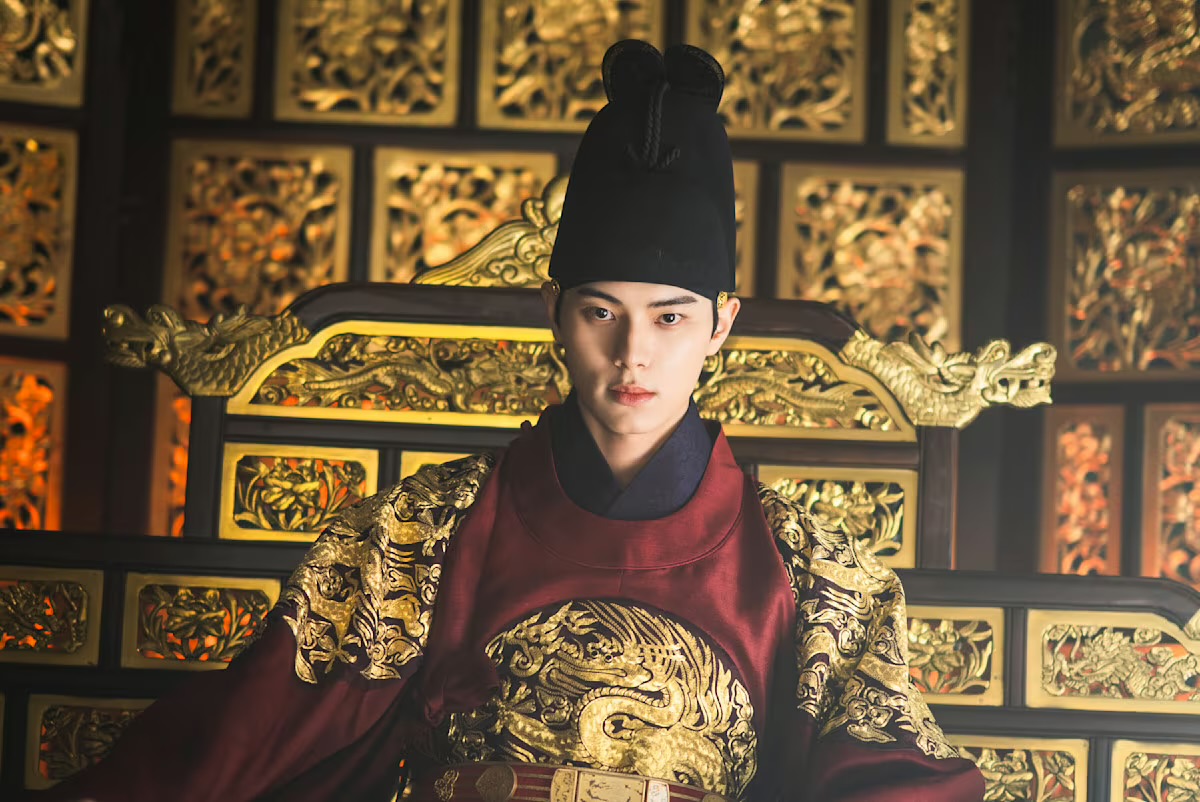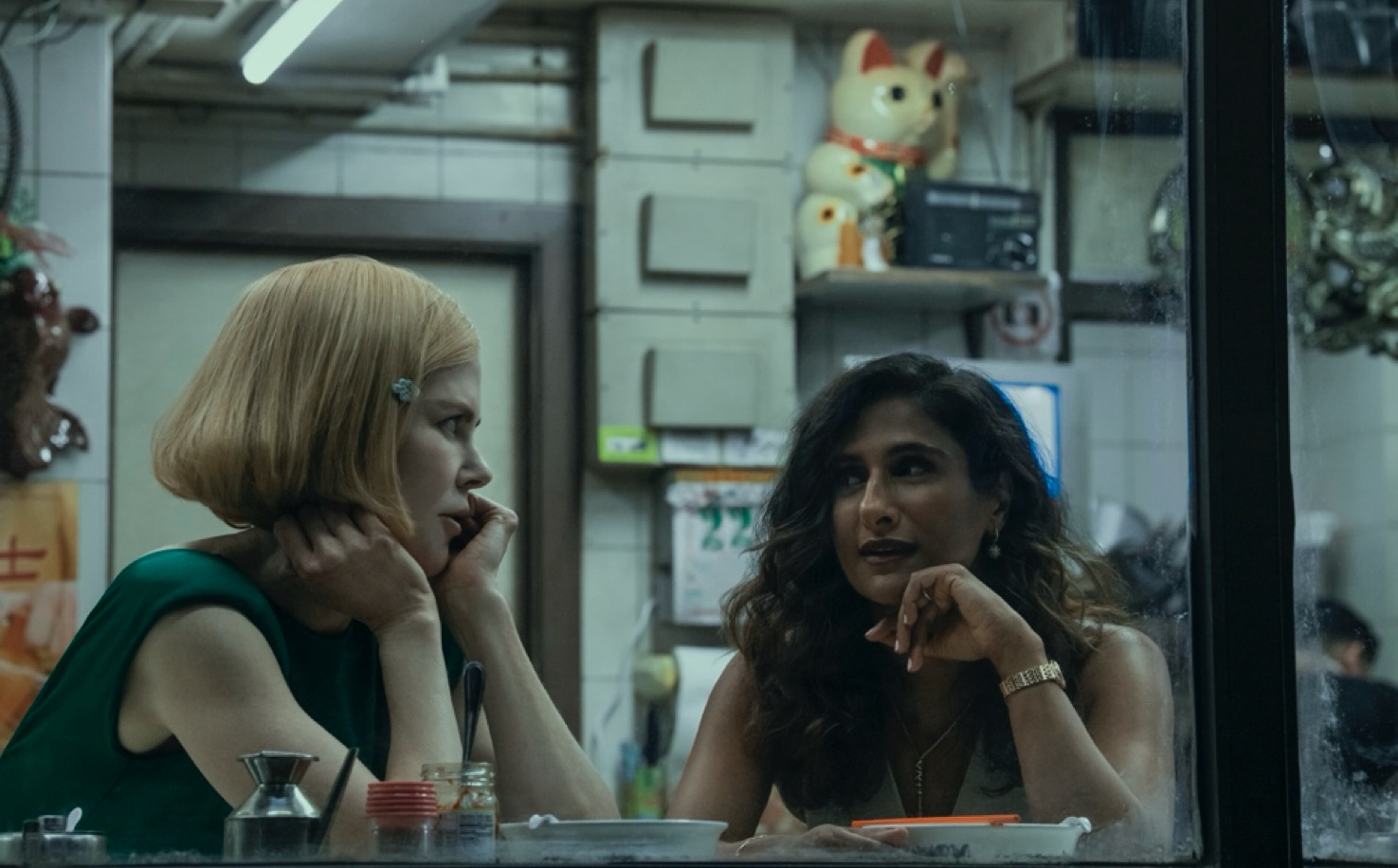By Michelle Woo
Photographs by Eric Sueyoshi
I remember the day I walked in on my mother. She was laying on a long fold-out table that had been set up in our den. Thin needles protruded from her forehead.
“Hi baby,” she said to me, a young girl at the time, as an unfamiliar man stood nearby with a clipboard.
Startled, I shut the door. Had I just stepped into a horror flick? My mom later explained to me that those needles were going to help her body and that they didn’t hurt.
This was my first introduction to acupuncture, a traditional Chinese medicine technique that originated 3,000 years ago. Since then, despite my mother’s reassurance, the thought of transforming into a human porcupine to feel better never quite appealed to me. For headaches, I’d pop an Advil. For sore muscles, I’d visit the neighborhood masseuse.
But as I’ve grown older and more health conscious, I’ve learned that acupuncture isn’t just some ancient folk remedy. An expanding pool of evidence — brain scans, ultrasound and other techniques — shows that acupuncture triggers direct, measurable effects on the body. Today, more than 15 million Americans have used it to treat everything from arthritis and nausea to anxiety and addictions. Western doctors and scientists are taking notice. And so are many Korean American patients.
So as a reporter always willing to get to the point of a story, I find myself walking into Los Angeles’ Dongguk Royal University, one of the leading teaching and clinical centers of acupuncture and Oriental medicine. It is affiliated with Dongguk University, the largest Buddhist university in Korea. Having made its way to Korea during the Silla Dynasty, acupuncture now thrives in the country as an inexpensive, easily portable and reportedly effective medical treatment. At the American institution, more than half of the student body is Korean.
Working the front desk of the school-run clinic is Charles Yu, a third-year intern. He first became a believer in ancient Asian healing practices as a child in Korea. At the age of 12, he experienced daily nosebleeds. Doctors didn’t know what to do. One day, his grandmother handed him a tea-like herbal concoction and said, “Drink this.” At last, the nosebleeds stopped.
Yu, now 37, is an acupuncturist who has treated more than 500 patients who’ve arrived at the clinic with ailments such as aches, anxiety and diseases such as Bell’s palsy and cancer. Some may have sought Western care, but were unsatisfied with the results.
“At a Western hospital, when a patient has shoulder pain, a doctor might prescribe him a painkiller or muscle relaxant,” Yu explains. “In Eastern medicine, we would think of not only that local area, but also what’s going on in his entire body system. That way, we get to the root of the problem.”
In traditional Chinese medicine, the body is seen as a delicate balance of two opposing forces, yin and yang. In order to maintain good health, you must keep the body in a “balanced state.” Any imbalance leads to a blockage in the flow of vital energy, or chi, along pathways known as meridians. Acupuncture is believed to adjust and alter the body’s energy flow into healthier patterns, which can relieve pain and other ills. There are more than 2,000 acupuncture points on the body.
While sitting in the waiting room, my name is called and a practitioner walks me into a small office. She invites me to take a seat at her desk and begins asking me questions about my health history. With a pencil in hand, she asks the basic stuff, whether I smoke, when my last period was, whether I have a family history of diabetes. But then her questions turn more specific: Do I have a good appetite? Do I sigh often? Do I prefer hot or cold drinks? My regular doctor never went into such detail.
I explain to her that I’m relatively healthy, aside from some bad eating habits (I’m a big junk food addict), a patch of eczema and noticeable mood swings that arrive at about the same time every month. She nods and tells me that she’ll insert needles that will help boost my immune system and become more balanced overall.
“Are you nervous?” she asks.
“Not really,” I reply.
“Good,” she says. “It won’t hurt.”
She then asks me to lie on my back on a paper-lined hospital bed. I watch as she prepares the needles. To my relief, they look nothing like the frightening injectors at the hospital. Thinner than fine hairs, these sterile, single-use needles do not cut into the tissue but instead glide through the spaces between the individual cells of the body. When inserted by a skilled practitioner, patients feel little or no sensation at all. The most common side effect is occasional light bruising on the treated area.
My body tenses as one needle is inserted into the middle of my arm. I feel a prick and then a slight tingle that quickly goes away. She inserts 15 more — in my hands, my knees, my stomach. My body slowly relaxes. Palms open, I lay still and stare at the ceiling above.
The practitioner points a heat lamp toward my body, turns off the lights and tells me to try to sleep.
***
Eun Young Kim had been struggling to conceive for more than five years. She tried everything from tracking her cycle to painful shots. Finally, a couple of her friends recommended acupuncture. It worked for them, they said.
Skeptical, but desperate, Kim took a visit to Dr. Ai Ja Lee, a renowned acupuncture practitioner in New York City. Lee has helped more than 200 patients conceive.
For women with infertility problems, Lee says she helps “control their yin and yang.” In recent years, acupuncture has picked up steam as a possible remedy for female infertility, with a handful of American and European studies showing that it enhances the success rate of in vitro fertilization.
“I didn’t really believe in it,” says Kim. “I didn’t expect too much. I didn’t want to expect too much.”
After going in for treatments every 10 days for three months, at the age of 38, Kim conceived naturally. Now 42, she has two young boys.
For fertility treatments, Lee charges $1,200 to $1,500 per month, which includes four or five acupuncturesessions, as well as a supply of herbal medicine.
Jina Lee, 25, of Torrance, Calif., says she didn’t think acupuncture would be for her, but decided to try it at the urging of her mother.
“I was under the impression that it was just for old people,” she says. “I was expecting to walk in and see Buddha statues and old ladies burning incense in the back.”
But there was none of that when she walked into the offices of Peter Yoon, a practitioner in Garden Grove, Calif. He practices a complex type of acupuncture called Eight-Constitution Medicine, developed in Korea more than 60 years ago by Dr. Kwon Do Won.
Before performing the treatment, Yoon takes a blood sample from patients to determine their “constitution,” which is based on their specific digestive system. After determining their individual constitution, he teaches patients what to eat and ways to live in order to heal, prevent diseases and create healthy lives. Not eating the right foods and living the right lifestyle results in disharmony in the organs. Acupuncture is used to correct this.
“Lions eat only meat. Cows eat only grass. Why?” asked Yoon, who has treated patients with HIV and cancer. “You must know which foods belong to you.”
Through her weekly sessions with Yoon, Lee gained a wealth of knowledge about her body. She was given a list of specific dietary rules: She could eat trout, but not salmon. She could drink acorn tea, but not green tea. She can’t go swimming, but can go in the steam room. She shouldn’t be around the color blue.
Lee says that after her first treatment, her urinary tract infection went away. Her mom, who has had ovarian problems, has seen results, too.
“I’d recommend it to anyone,” Lee says. “It’s never too early to start.”
***
After 30 minutes, the lights turn on and it’s time to remove the needles. I guess I must have drifted off to sleep. The practitioner tells me that if I’m the type of person who doesn’t get enough sleep on a regular basis, I might feel very tired after the treatment. If I do get enough sleep, then I’ll feel extra energized. Sitting up, I feel happy and relaxed. She tells me that I have poor blood circulation and prescribes me a Chinese herb. I thank her and walk out into a bright, sunny day.
Acupuncture sessions are most effective when used in a series, depending on the person and the condition. I’m thinking I might just consider more treatments for various ailments that may arise — allergies, headaches or fatigue. Or even if I simply need to wind down.
Let’s just say it’s gotten under my skin.
GetPricked
Thinking of going under the needle? Determine which type of acupuncture is right for you.
– Traditional Chinese Acupuncture: Needles are used to activate specific points of the body that affect the flow of chi.
– Japanese Acupuncture: A slightly gentler method with thinner and shorter needles than the Chinese style. There are two treatments: root and local. Root treatment addresses a patient’s energy imbalance as a whole, while local treatment focuses on alleviating specific symptoms.
– Five-Element Acupuncture: Here the focus is on the chi and the balance of the five elements — fire, earth, metal, water and wood — in the body. It’s believed that nature and humans are linked in a cyclical pattern of creation and destruction symbolized by these elements.
– Auricular Acupuncture: This method is performed solely on 200 acupuncture points around the outer ear, said to be linked to other points on the body.
– Korean Hand Acupuncture-Acupressure: Tae-Woo Yoo developed this form of acupuncture in 1971, which maps the “micro-meridians” of the hand and links them to corresponding pathways in the body.
– Trigger Point Acupuncture: Tight muscles are identified and a thin needle is used to probe the area, causing the muscles to twitch involuntarily, relieving tightness and, usually, symptoms.







